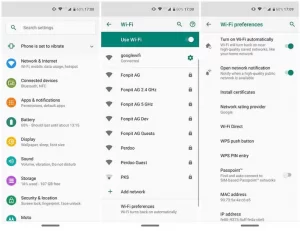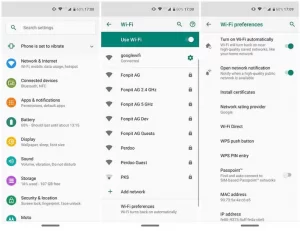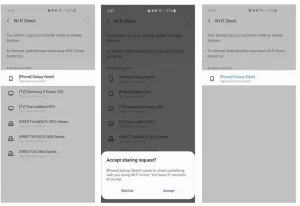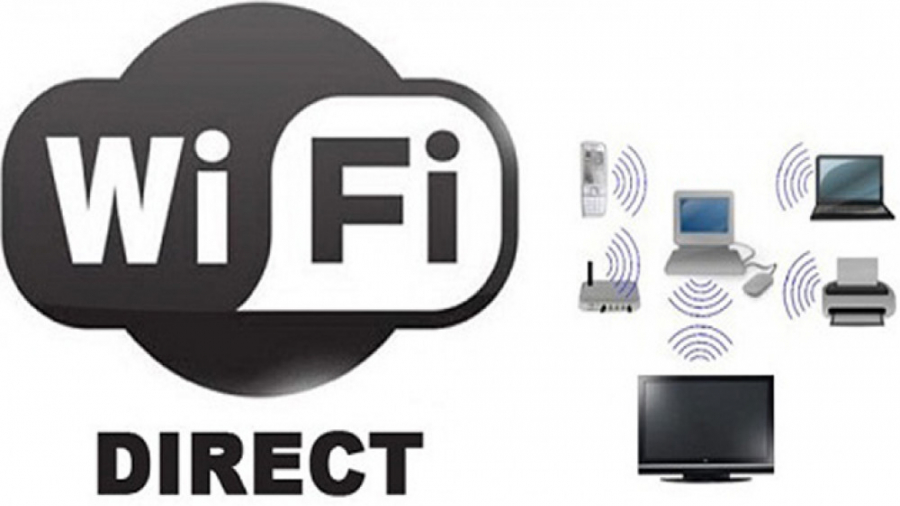What is WiFi Direct and How to use it?
The list of settings and features of Android smartphones is extensive, and most of these are deliberately ignored. WiFi Direct is one of them, but we want to explain here what it is and why you should use it. Stay with us.
- What is WiFi Direct?
- Why should you use it?
- How to set up WiFi Direct
- On Samsung devices
What is WiFi Direct?
When one mentions WiFi, most people immediately think of surfing the Internet, but there is more to it. WiFi Direct is a WiFi Alliance certification that includes more than 600 members such as Apple, LG, Intel, Microsoft, and Dell. Many devices are WiFi Direct compatible, especially tablets, laptops, and digital cameras. The Samsung Galaxy S (launched in 2010) was one of the first smartphones to incorporate this feature.
WiFi Direct can be considered a second-generation WiFi because it allows compatible devices with no Internet connection to communicate with those who have (Hotspots, modems, or routers). WiFi Direct allows you to create a wireless network between multiple devices. Additionally, you can use WiFi Direct with Miracast to play movies on another device with a screen. The latest generation of WiFi Direct is also NFC compatible.
Why should you use WiFi Direct?
As mentioned above, WiFi direct allows your devices without an internet connection to connect to devices with an internet connection. In the case of smartphones and Android devices, you can connect them and transfer files quickly without the hassle of using cables.
But is WiFi Direct just an upgraded version of Bluetooth? Well, to answer this question, we must say yes and no. The advantage of using WiFi Direct over Bluetooth is that the amplitude and speed of WiFi transmission are significantly higher than Bluetooth. So, in a nutshell – if you want a better way to send files from one device to another, you can use WiFi Direct.
How to set up WiFi Direct
Every Android smartphone running Android 4.0 and above has WiFi Direct capability (exceptions are rare). It is integrated. WiFi Direct does not currently support native file transfers, so you must install a third-party application. We recommend “Send Anywhere.”
To turn on WiFi Direct, go to Settings> Connections> WiFi, then tap the Direct WiFi tab at the top. Your smartphone starts scanning for devices you can connect to.

Unlike Bluetooth, there is no other button or item that you want to tap to turn on WiFi Direct. WiFi Direct is enabled the moment you are connected to the Internet. This does not mean that WiFi Direct is always on. When your smartphone taps on the WiFi Direct tab, it scans the surrounding devices.
Note: In addition to enabling WiFi Direct on your smartphone, you must also turn it on your laptop, TV, printer, or any device you want to connect to (using the steps above).
On Samsung devices
The following steps are related to Android 9.
1. Open Settings on your device and select WiFi.

Ensure WiFi is enabled because it must be turned on to access WiFi Direct settings and share files wirelessly.
2. Tap WiFi Direct. The device automatically scans WiFi Direct devices.
3. Find and select the device you want to connect to.
Please ensure both devices have WiFi settings turned on so they can find each other successfully.

4. To connect, the other device will receive an Invitation to connect; tap Accept to connect.
All surrounding devices are displayed in the Direct WiFi list.

